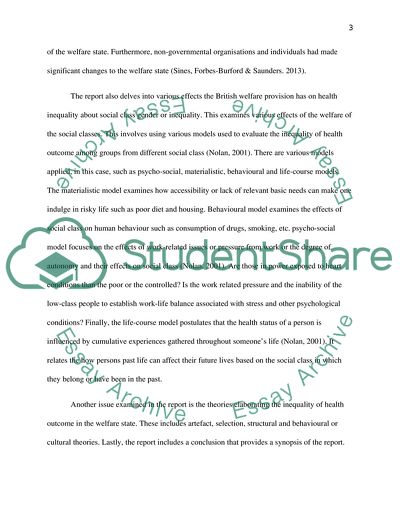Cite this document
(“Applied sociology: welfare and Health Assignment”, n.d.)
Applied sociology: welfare and Health Assignment. Retrieved from https://studentshare.org/nursing/1697955-applied-sociology-welfare-and-health
Applied sociology: welfare and Health Assignment. Retrieved from https://studentshare.org/nursing/1697955-applied-sociology-welfare-and-health
(Applied Sociology: Welfare and Health Assignment)
Applied Sociology: Welfare and Health Assignment. https://studentshare.org/nursing/1697955-applied-sociology-welfare-and-health.
Applied Sociology: Welfare and Health Assignment. https://studentshare.org/nursing/1697955-applied-sociology-welfare-and-health.
“Applied Sociology: Welfare and Health Assignment”, n.d. https://studentshare.org/nursing/1697955-applied-sociology-welfare-and-health.


